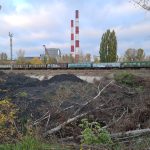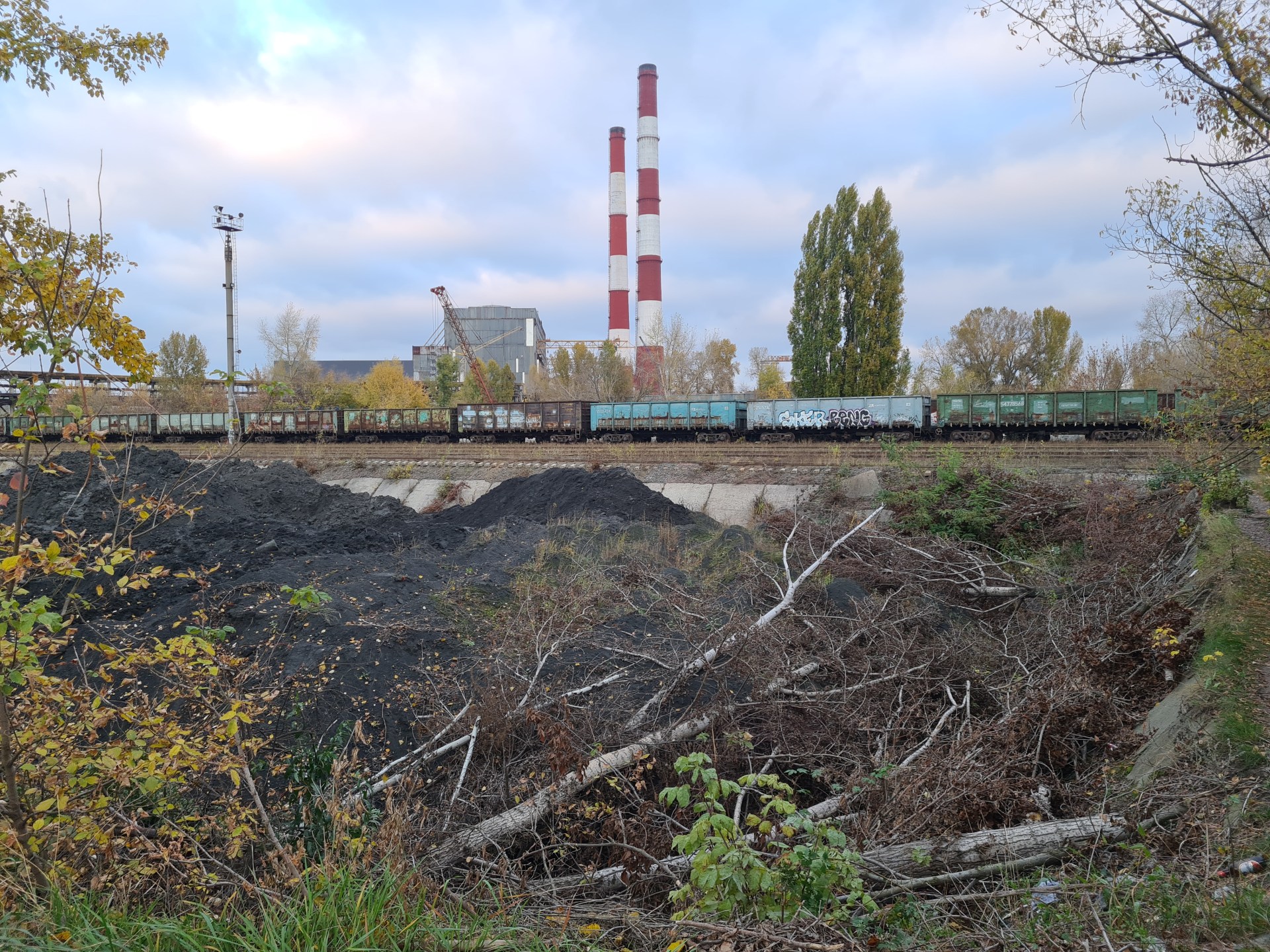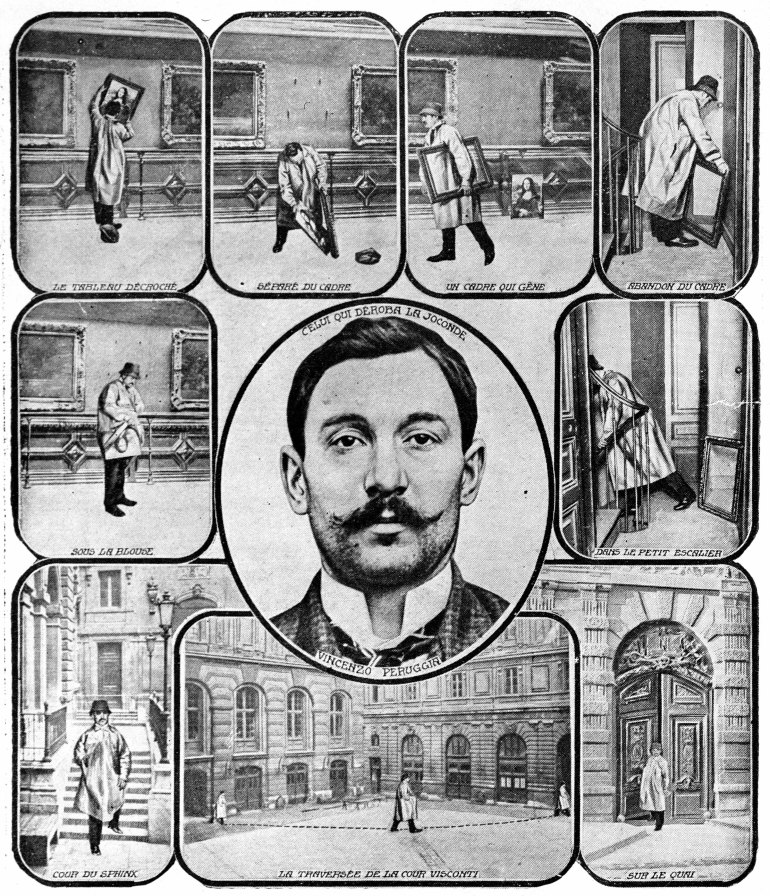Kyiv, Ukraine – The Russian drone strike was surgically precise and destroyed a giant transformer at a key power station in the Ukrainian capital.
“There’s nothing left to repair,” Mykola Svyrydenko, who lives close to Thermal Station 5, a sprawling, Soviet-era structure with two giant steam pipes that provides electricity and heat to hundreds of thousands of Kyiv’s residents, told Al Jazeera.
He saw the predawn attack on October 10 that caused several blasts and a giant fire at the power station. The attack involved 465 drones and 32 missiles that targeted several Ukrainian cities, authorities said.
“This isn’t the first time the station has been hit,” another local, Artyom Gavrilenko, told Al Jazeera outside his five-storey apartment building.
Since the winter of 2022, Russia has tried to hit Ukraine’s energy infrastructure, leaving the country scrambling to provide power to its homes and industries in subzero temperatures.
Although it has survived those assaults, the recent attack on the Kyiv station represents a new phase in Russia’s campaign to ruin Ukrainian power, transmission and heating stations, as well as natural gas mines, pipelines and underground reservoirs. It is a shift in Russian tactics that could test Ukraine like never before, say analysts.
On October 10, Gavrilenko’s building – and most of the city of almost four million people – were left without power and running water for most of the day. Stinky petrol or diesel generators – some chained to walls or trees to prevent theft – buzzed next to shops, restaurants and private houses, while people exhausted their power banks.
For the first time since Russia began its full-scale invasion, one of Kyiv’s subway lines stopped operating for several hours, paralysing traffic on the bridges between the left and right banks of the Dnipro River that bisects the city. Russia began to attack natural gas delivery facilities deliberately, Energy Minister Mykola Kolesnik told a news conference on Monday.
“The enemy won’t stop, he confirmed it – only in early October, we’ve seen more than six strikes [on natural gas delivery facilities], and they will go on,” he said, announcing plans to boost the import of natural gas from Europe.
“What we see is the change of enemy’s strategy that results in the regional deficits of power generation and transmission,” he said.
The strikes aim to leave millions of civilians defenceless against the upcoming winter chill as weather reports forecast an unusually cold winter with plenty of snow.
Moscow uses hundreds of drones for each attack, and most of them have been modified to fly faster, at higher altitudes, and dive on their targets at sharp angles to avoid being downed or intercepted.
Russia also modified its missiles through software updates to veer off predictable courses and confuse advanced Western-supplied air defence systems, including US-made Patriots.
The modifications changed the rate of missile interception dramatically from 37 percent in August to 6 percent in September, according to an analysis by the Centre for Information Resilience, a London-based group.
The results have been devastating.
On August 28, Russian missiles damaged a nearly completed factory in eastern Kyiv meant to produce Turkish-designed Bayraktar drones. Two more missiles hit a nearby apartment building, slicing off two of its five floors, killing 22 civilians, including four children, and wounding dozens.
“I woke up and automatically pulled the blanket over my head,” Anatoly, a 63-year-old retiree, told Al Jazeera hours later, explaining how the blanket he was under saved his face from dagger-like glass shards.
He was speaking while puffing on cigarette after cigarette, standing next to a crew of rescue workers and what remained of his possessions – a dishwasher, a couple of shelves and a bundle of clothes.
The problem has been exacerbated by corruption.
In early August, Ukraine’s anticorruption agencies unveiled a giant corruption scheme to inflate the costs of anti-drone installations by up to 30 percent.
A lawmaker, city officials and National Guard servicemen were involved in the scheme, and four unidentified suspects were arrested, the agencies said.
“There must be full and fair accountability for this,” Ukrainian President Volodymyr Zelenskyy said in a video address.
The corruption case underscored Ukraine’s failures to protect energy infrastructure that has been pummelled since October 2022, said analysts.
“Instead of putting [the infrastructure] underground within the three years, they placed sandbags around it and stole funds on meaningless, but imposing ‘drone interceptors’,” Nikolay Mitrokhin, a researcher with Germany’s Bremen University who penned hundreds of detailed reports on the hostilities, told Al Jazeera.
As a result, the energy infrastructure is now close to collapsing.
“We’ll have a very harsh winter ahead of us,” an engineer at a state-run company that oversees the restoration of power stations and transmission lines told Al Jazeera.
He spoke on condition of anonymity as he is not authorised to talk to the media.
“Judging by the degree of destruction, we’ll hardly be able to repair what is being destroyed,” the engineer added.
Residents of Kyiv, meanwhile, are preparing for power and heat shortages, buying canisters of petrol, power banks, battery-powered electric blankets, rechargeable lamps of all kinds, or unfolding Christmas garlands — which shine, offering some light during blackouts — well before the holiday season.
Many are even snubbing fire prevention regulations by installing wood stoves in their apartments.
Russian President Vladimir Putin “will not catch us by surprise the way he did three years ago”, Olena Korotych, a mother of two, told Al Jazeera outside a supermarket, where she was buying torches.
At filling stations, employees nod understandingly when helping fill canisters – something that is banned in many countries.
A bus stop away from Thermal Power Station 5, Arslan Atamuradov, a migrant from Tajikistan, now uses such natural gas canisters to power the glistening grill at his shawarma kiosk, instead of the electricity he once relied on.
“We run everything on [natural] gas,” Atamuradov said. “Otherwise, our expenses double.”










